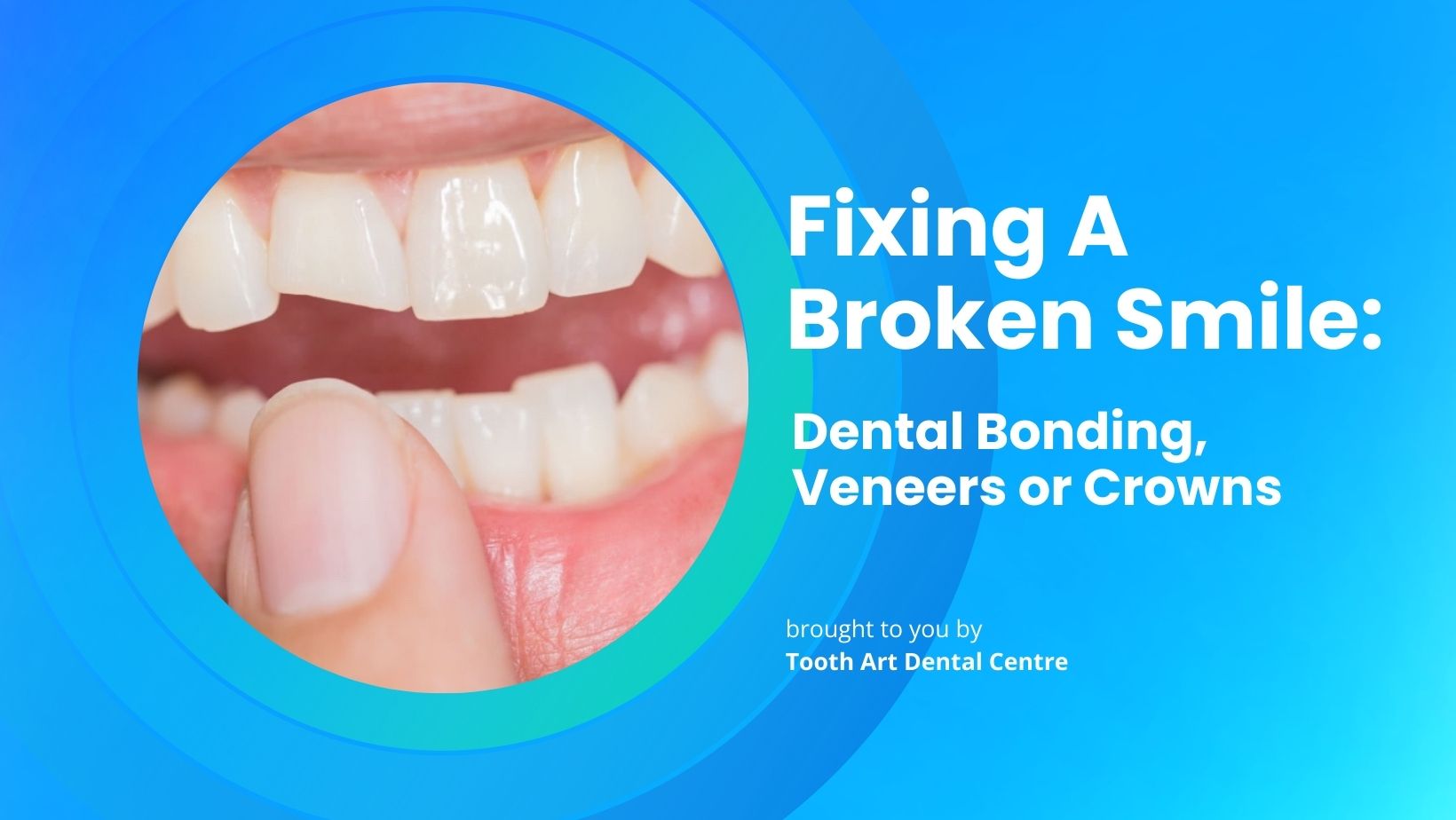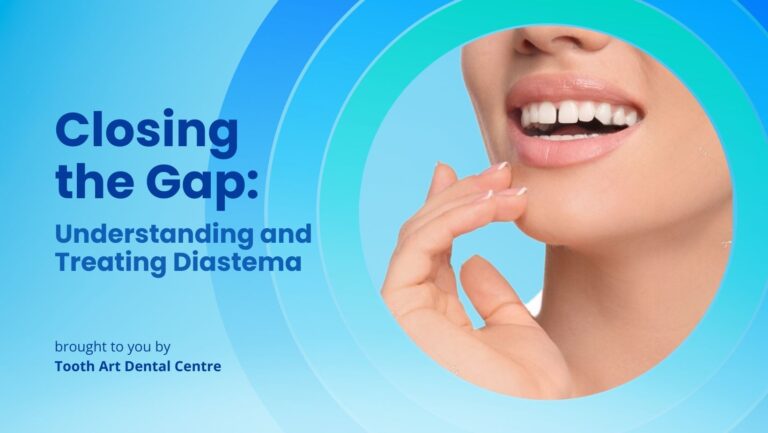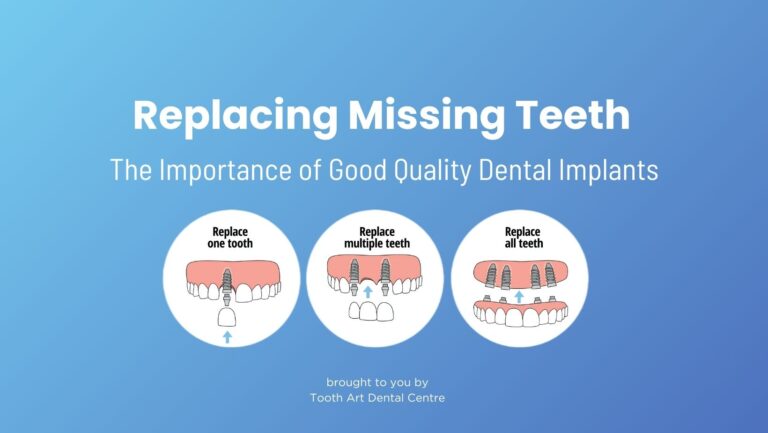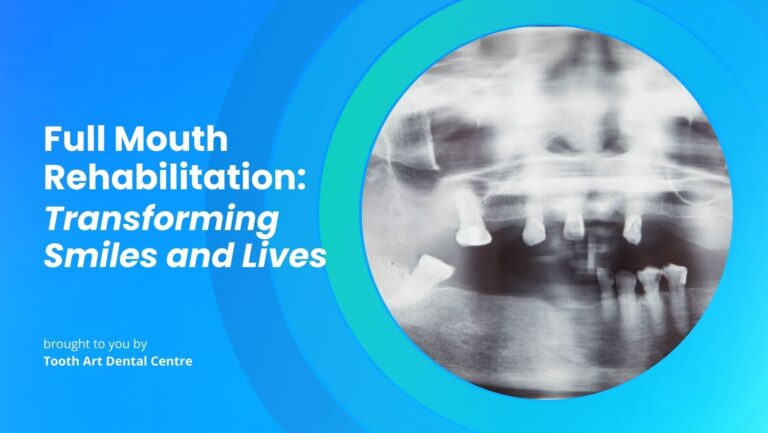Fixing a Broken Smile: Dental Bonding, Veneers or Crowns
A smile is more than just a facial expression; it’s a reflection of joy, confidence and well-being. However, when one or more front teeth are chipped, perhaps due to an accident or wear and tear, or discoloured, it can dampen that expression, leading to self-consciousness and a reluctance to smile.
Fortunately, modern dentistry offers effective solutions to restore the beauty and function of these teeth. In this article, we’ll explore three popular treatments for fixing a broken smile: dental bonding, veneers and crowns. Each option has its own advantages and considerations and the right choice depends on the extent of tooth damage, budget and cosmetic goal of the individual.
Here’s a comparison of three common cosmetic dental treatments – dental bonding, veneers, and dental crowns:
Dental Bonding
Application: Dental bonding is a cost-effective and minimally invasive procedure used to correct imperfections such as small gaps, chips, cracks, or discoloration in teeth. The process involves the application of a tooth-coloured composite resin material directly to the tooth’s surface. The resin is then shaped and polished to blend seamlessly with the surrounding teeth. The process does not require the removal of significant tooth enamel hence preserving more of the natural tooth structure.
Material: Composite resin that matches the colour of the tooth.
Durability: Less than 10 years, depending on care and oral habits.
Cost: Generally the least expensive of the three options.
Duration: Typically completed in a single visit.
Dental Veneers
Application: Dental veneers are thin, custom-made shells designed to cover the front surface of teeth, providing a significant cosmetic improvement in their appearance. They are used to treat several cosmetic concerns, including teeth that are stained, chipped, worn, misaligned or have gaps between them. Veneer application is a more invasive process than bonding, as it usually requires the removal of a small amount of tooth enamel to accommodate the veneer.
Material: The two main types of materials used for veneers are porcelain and composite resin.
Durability: Porcelain veneers are more durable and resistant to staining compared to composite resin. They typically last 10-15 years or more.
Cost: More expensive than bonding, with porcelain veneers being costlier than composite ones.
Duration: Usually requires two visits: one for preparing the teeth and another for applying the veneers.
Dental Crowns
Application: Dental crowns are caps that cover the entire visible portion of a tooth and are used to restore its shape, size, strength and appearance. Crowns are recommended for teeth that are significantly damaged or decayed, have undergone extensive filling or root canal treatment or to cover implants.
Material: The materials used for crowns include porcelain, ceramic, metal alloys or a combination of these materials. Porcelain or ceramic crowns are popular for their natural colour match to teeth, making them a good choice for front teeth restoration.
Durability: A good quality crown can last 15 years and beyond coupled with good oral care.
Cost: More expensive than bonding and veneers, especially if high-quality materials are used.
Duration: Typically takes two visits: one for preparing the tooth, taking impressions and placing a temporary crown, and another for fitting the permanent crown.
Choosing the Right Cosmetic Dental Expertise
In cosmetic dentistry, the importance of choosing a skilled dental clinician cannot be overstated. Cosmetic procedures like dental bonding, veneers and crowns not only aim to restore function but also focus heavily on the aesthetic aspect of the teeth, which can significantly impact one’s appearance and self-confidence.
A skilled dental specialist brings a combination of precision, expertise and artistic sensibility to the table, ensuring that the outcomes are not only functionally sound but also visually pleasing. They are trained to assess the nuances of facial symmetry, tooth shape and colour to create results that look natural and harmonise with the individual’s overall appearance. Moreover, the longevity and success of these cosmetic dental treatments hinge heavily on the quality of the work performed, minimising the risk of complications and the need for future revisions.
Conclusion
Cosmetic dental procedures such as dental bonding, veneers and crowns require a blend of technical skill and artistic vision to ensure that the final results are not only effective in restoring dental health but also in enhancing the overall aesthetics of the smile. A skilled dental professional can navigate the intricacies of each procedure, crafting results that are tailored to the individual’s facial features and cosmetic goals. Therefore, selecting the right clinician is paramount to achieving a smile that is both healthy and visually pleasing.
Looking for a way to enhance your smile and boost your confidence? Schedule a consultation with our dental specialist and discover the perfect cosmetic dentistry solution for you.
Note: This article is intended for informational purposes only and does not substitute for professional medical advice. Individuals experiencing health concerns should consult with healthcare professionals for proper diagnosis and treatment plans.







